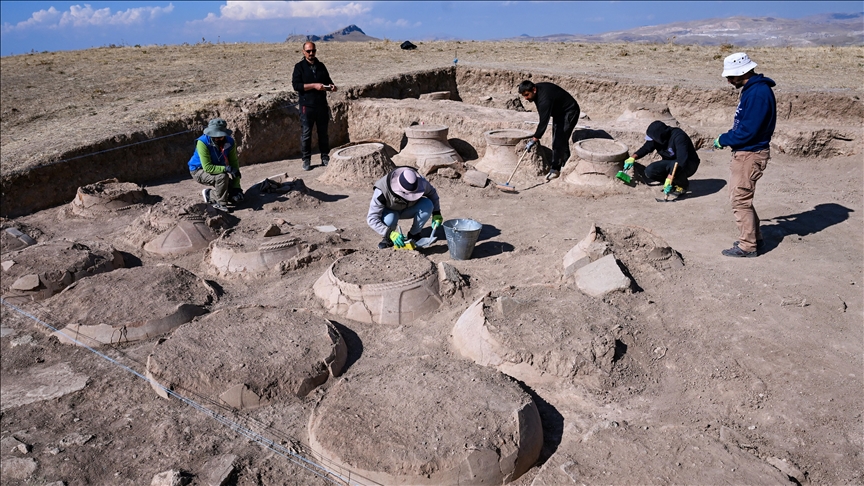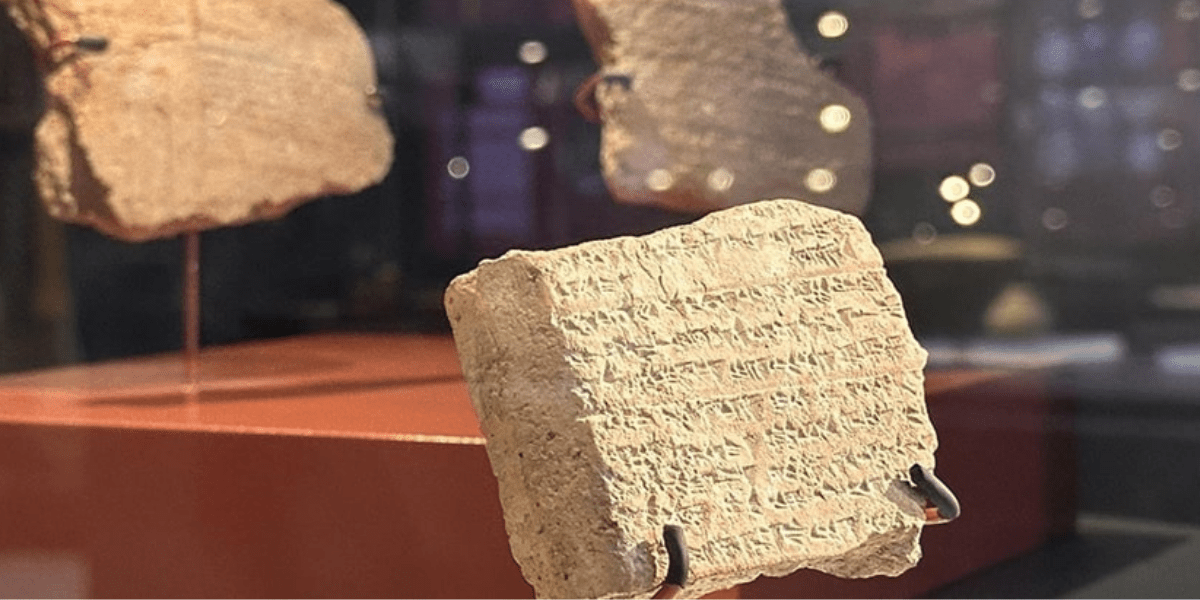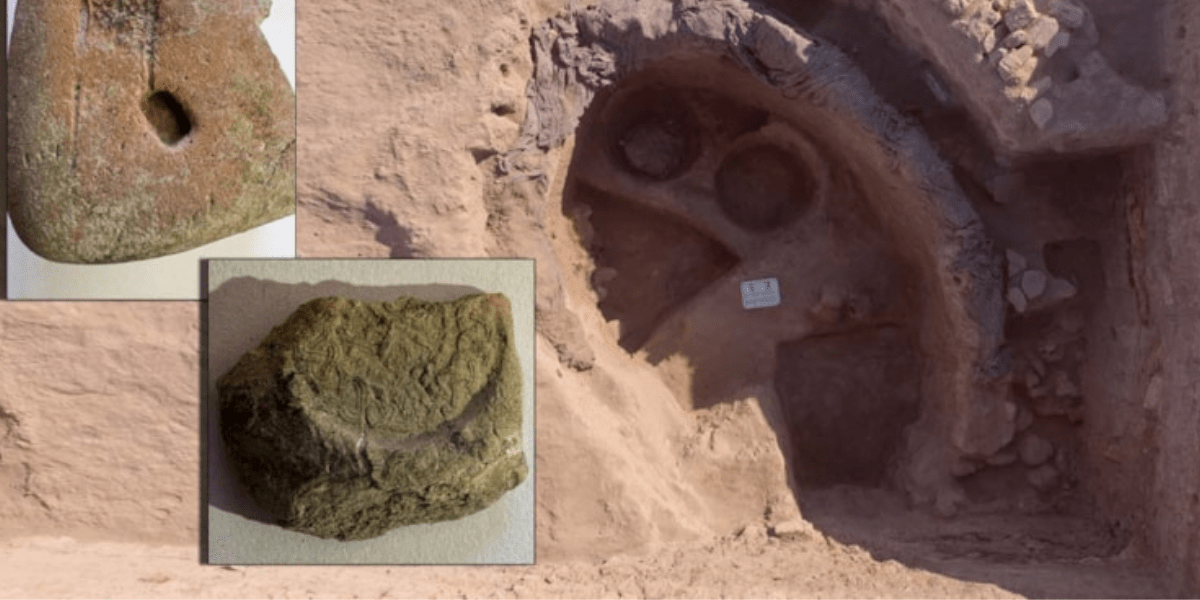
Dozens of cuneiform inscribed pithoi belonging to the Urartians were found at the foothills of Mount Erek
In the easternmost part of Türkiye, in the İpekyolu district of Van, archaeological excavations at the castle ruins on the foothills of Mount Erek have uncovered cuneiform inscribed pithoi used for storing oil, grain, and beverages during the Urartian period. The castle ruins, which are considered one of the important settlement sites of the Urartians

A theater mask made of 2000-year-old soil was found in Aizanoi, also known as ‘Second Ephesus’
In the Çavdarhisar district of Kütahya, in the ancient city of Aizanoi, also known as A theater mask made of 2000-year-old soil was found in Aizanoi, also known as ‘Second Ephesus,’ which dates back to the 3rd century BC, a theater mask made of 2000-year-old soil was found. Aizanoi, dedicated to Zeus, one of the

At Tatarlı Höyük, a structure from the Middle Bronze Age with a plastered floor has been uncovered
Archaeologists have uncovered a structure with a plastered floor from the Middle Ages at Tatarlı Höyük in the Ceyhan district of Adana. Tatarlı Höyük has experienced continuous settlement from the Neolithic period to the Roman period. Its proximity to the Amanos Mountains and control over natural passes have made Tatarlı Höyük an important trade and

Türkiye’s first underwater museum “Side Underwater Museum”
Side Underwater Museum is Türkiye’s first underwater museum, located in the Side holiday resort of Antalya’s Manavgat district, projected by the Antalya branch of the Chamber of Shipping, 1.5 miles off the coast and at an average depth of 12 to 20 meters. It is a museum where 117 sculptures, determined as 5 different themes

The 2,800-year-old Hittite period Andaval relief discovered at the foundation of a church
The Andaval Relief is an important historical artifact located near the village of Aktaş in Niğde Province, in the Central Anatolia region of Türkiye. It was first discovered in 1890 by W. M. Ramsey in the floor of a church approximately 9 km northeast of Niğde. The stele piece has a circular shape with a

Hieroglyph meaning “city” in the Luwian language spoken in Anatolia deciphered
A research team led by Petra M. Goedegebuure of the University of Chicago has published a groundbreaking study in the academic journal Anatolian Studies on the Luwian language for ‘city’ spoken in ancient Anatolia. In addition to providing a thorough linguistic analysis of the term in question, this study investigates the cultural and social meanings

27 cuneiform tablets providing information about the sacred Hittite city of Nerik have been discovered at Oymaağaç Mound
27 cuneiform tablets providing information about Nerik, the sacred city dedicated to the Hittites’ chief god Tešup, have been discovered at Oymaağaç Mound. Oymaağaç Mound is located in the Vezirköprü district of Samsun today. Assoc. Prof. Dr. Mehmet Ali Yılmaz, a faculty member in the Department of Archaeology at Ondokuz Mayıs University and the Deputy

A double-headed eagle seal was found during the Üçhöyük excavation, which is being conducted to locate the lost city of Purušhanda
In the Üçhöyük excavation ongoing in Bolvadin district of Afyonkarahisar, with the participation of Japanese scientists, two different seal impressions were found, including a grain silo and one featuring a double-headed eagle, in the search for the lost city of Purušhanda. The Üçhöyük excavations are being conducted under the scientific consultancy of Prof. Dr. Özdemir

The largest Bronze Age burial site of the Nitra culture in the Czech Republic has been uncovered
Archaeologists have discovered the largest Bronze Age burial site of the Nitra culture near Olomouc in Central Moravia during their rescue research for the future D35 motorway route between Krelov and Neredin. Representatives from the Olomouc Archaeological Centre informed the Czech News Agency (CTK) that the most significant finding of the research was the large

A dedication inscription prepared for an athlete, believed to date back to the Roman period, has been found in Anemurium
In the excavations of the ancient city of Anemurium, located in Mersin province in southern Türkiye, a dedication inscription prepared for an athlete, believed to date back to the Roman period, has been found. The ancient city of Anemurium is dated back to the 4th century BCE. The athlete inscription was discovered by a team
